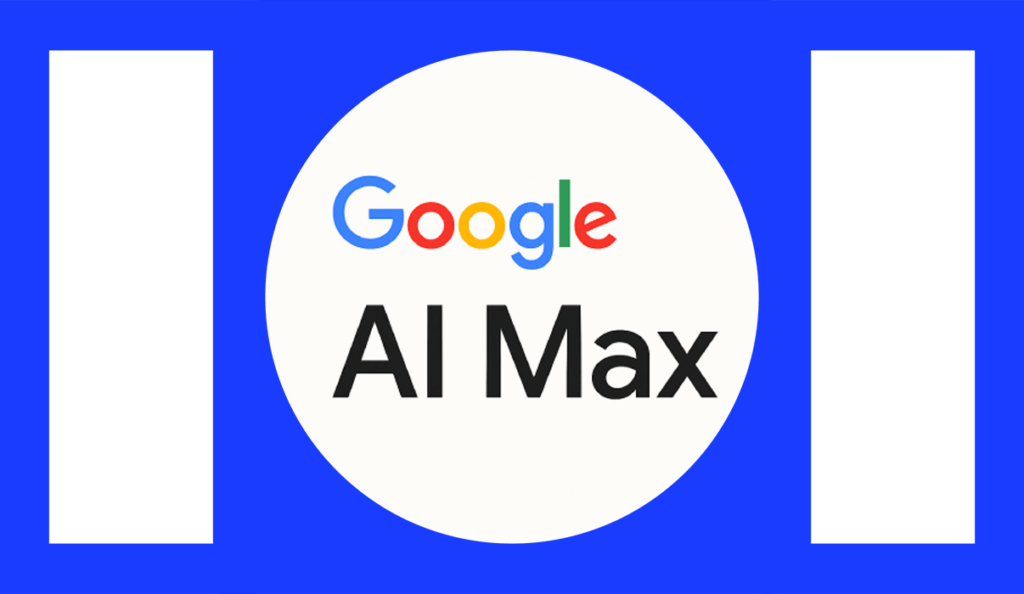
Generative AI is changing the way people search, explore, and connect with brands online. Tools like ChatGPT, Perplexity, Gemini, and Claude are quickly becoming the go-to discovery engines, especially for younger users. Even Google’s jumping in, now showing AI Overviews right in search results, which is shaking up how visibility works in the classic search game.
“In this new landscape, LLM Optimization (LLMO) is emerging as a strategic priority. It’s not just about keywords anymore, it’s about entity visibility, credibility, and brand presence across both AI-generated content and search-integrated summaries.”
Harikrishnan Binu, Global Insights Director, M+C Saatchi Performance
In this blog, we break down how LLMO can help future-proof your brand’s visibility across two rapidly evolving spaces: general-purpose LLMs and Google’s AI-powered search results.
What Is LLM Optimization?
LLMO is all about helping your brand show up in the answers people get from tools like ChatGPT, Perplexity, or Google’s AI Overview box. It goes a step beyond traditional SEO, focusing not just on search rankings, but on how AI tools interpret, select, and present information about your brand.
In simple terms:
- SEO = Optimize your website for search engine rankings
- LLMO = Optimize your brand/entity for inclusion in AI-generated answers
Because different LLMs work in different ways, LLMO requires a layered approach:
- For Google AI Overviews, real-time indexing, structured data, and content freshness are key.
- For ChatGPT and other LLMs, long-term brand authority, third-party citations, and entity consistency play a bigger role.
Effective LLMO brings together core SEO principles with newer best practices, like optimizing for entities, building content credibility, and maintaining a structured, AI-friendly web presence.
Why LLMO Matters Right Now
The Rise of AI as a Discovery Engine:
- Platforms like ChatGPT, Perplexity, and Claude are rapidly becoming go-to research tools.
- 52% of Gen Z and Millennials now prefer using ChatGPT over search engines for exploratory tasks.
- A SEMrush study found that smaller players often outrank tech giants in AI-generated results due to stronger entity structure and third-party validation.
Google Is Becoming an Answer Engine:
- Google’s AI Overviews are transforming it from a search engine into an answer engine, generating direct summaries rather than sending users to external websites.
- This shift has led to lower click-through rates and a decline in organic traffic for many websites, particularly for top-ranking, non-branded keywords.
The AI Overview Rollout Is Accelerating:
- In the U.S., AI Overviews appeared in 13.14% of all desktop searches in March 2025, up from 6.49% in January; a 102% surge in just two months.
- Most results still cater to low-risk, informational content, but commercial queries are steadily increasing:
- 88.1% of queries are informational
- 8.69% are commercial (up from 6.28% in Jan)
- 1.43% are navigational (double from Jan’s 0.74%)
The Visibility Tradeoff:
- Google claims that AI Overviews result in higher-quality clicks, but new studies from Ahrefs and Amsive show the opposite: websites are seeing measurable declines in organic visibility and traffic when AI Overviews appear, particularly for high-value keywords.
How LLMs and Google AI Overviews Determine Brand Visibility
Optimizing for Google AI Overviews and other LLMs follows shared principles, but the mechanics behind how each system selects content differ.
Google AI Overviews
Pulled directly from real-time search index results, Google’s AI Overviews prioritize:
- Content freshness: recently updated or highly relevant pages
- Page-level SEO: strong title tags, headers, schema markup
- Authoritativeness: domain credibility and backlinks
- Directness: content that clearly answers search intent, similar to featured snippets
Google’s AI system still relies on its traditional crawling and ranking methods. So your presence in AI Overviews is tightly linked to your organic SEO hygiene and the clarity of your content structure.
LLMs like ChatGPT, Claude, and Perplexity
These models rely on fixed training datasets (updated periodically) or curated real-time browsing (like Perplexity). Brand visibility depends more on:
- Entity consistency – clear brand identity across third-party sources (e.g. Wikipedia, Crunchbase, LinkedIn)
- Authoritative mentions – frequent, credible mentions across trusted sources
- Semantic clarity – descriptive, interconnected content clusters that reinforce a brand’s association with a topic
- Conversational relevance – well-written, explanatory content that matches how users ask questions
Unlike Google AI Overviews, most LLMs aren’t evaluating rankings or schema. Visibility is based on how well a brand is represented across the open web, not just how well a website performs.
What Brands Must Do to Succeed in LLMO
To succeed in the age of AI Overviews and LLM-driven discovery, brands need a two-pronged strategy: one for Google’s AI ecosystem, and one for broader LLM discoverability.
Shared Success Factors (LLMs + Google AI Overviews)
- Create structured, high-quality content that clearly addresses informational queries
- Apply the CSQAF framework: Citations, statistics, quotations, authoritativeness and fluency to ensure clarity and credibility
- Align brand messaging consistently across owned, earned, and structured platforms
- Establish digital authority through backlinks, media mentions, and cross-platform presence
Tactics for Google AI Overviews
- Prioritize SEO best practices: schema markup, fast-loading pages, clear headers, internal linking
- Maintain content freshness and real-time relevance
- Structure content to answer questions directly and concisely mimicking featured snippet formatting
- Use clear anchor text and structured headings (H2, H3) to improve crawlability and summarization
Tactics for General LLMs (e.g. ChatGPT, Perplexity)
- Ensure entity consistency across platforms like LinkedIn, Wikipedia, Crunchbase, and Knowledge Graphs
- Build a semantic content ecosystem with descriptive clusters around your brand, product, and category
- Encourage third-party citations on high-authority sites, including industry blogs, news outlets, and forums
- Emphasize founder POVs and thought leadership, which LLMs often surface in responses
In Summary
AI is reshaping how people discover brands, with tools like ChatGPT and Google’s AI Overviews becoming new gateways to information. To stay visible, brands need to move beyond traditional SEO and focus on LLM Optimization, ensuring their identity is consistent across the web and their content is structured, credible, and AI-friendly.
Related Reading
AI MAX Myth Buster: What It Is, What It Isn’t, and How It Compares to DSA

